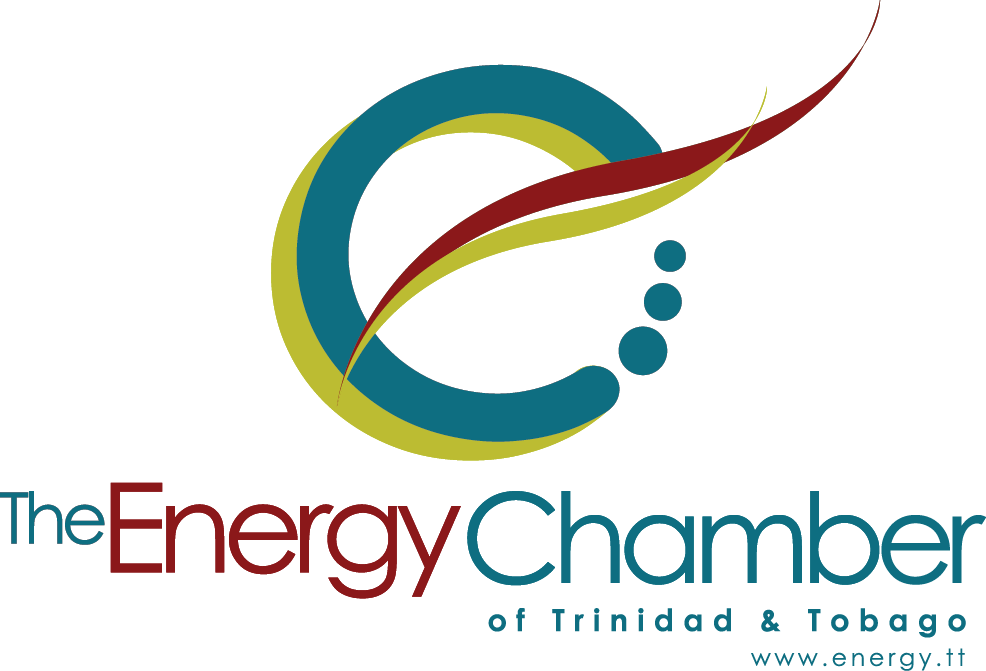Gasoline prices vary from country to country because each country adopts their own policies for setting the price at the pump, including price regulation, subsidies and taxes. In many countries prices also fluctuate over time, in response to changing international commodity prices.
In the Caribbean region, the price of gasoline varies significantly from country to country, with the most expensive being more than double the cheapest. The country with the cheapest gasoline in the region in July 2025 is Guyana, while the most expensive is Barbados. Trinidad and Tobago sits in the third position, when arranged from cheapest to most expensive.
It should be noted that no data was available for Antigua and Barbuda, St Kitts and Nevis and St Vincent and the Grenadines.
The price of oil is a major factor in the cost of gasoline. Crude oil of course is the major input in the production of gasoline. So as the price of oil fluctuates, so too does the international price of gasoline. The price of gasoline also depends on the cost of refining and then adding marketing and distribution costs including transport and finally, the application of government taxes or subsidies.
Some countries’ fuel prices are simply passed on to the consumer based on the current international cost, and can change daily. Other countries implement subsidies which reduce the price to consumers and others have fixed prices where the subsidies kick in when the price increases over a particular threshold. In many markets, governments impose taxes on the fuel to raise revenue and in some cases with the policy intention of reducing consumption.
According to globalpetrolprices.com the global average price of gasoline in Q2 2025 was USD$1.19/l. The website tracks weekly prices of gasoline from 150 countries. The cheapest markets are Libya, Iran and Venezuela with prices of USD $0.02/l, $0.02/l and $0.03/l respectively. The most expensive market was Hong Kong with prices of over $3.50/l. Generally, European countries have the most expensive gasoline with Iceland, Netherlands, and Denmark being among the highest.
Four markets in CARICOM fall below this global average of US$ 1.19/l, namely Guyana, Haiti, T&T and Suriname. All the other CARICOM countries have prices higher than the global average.
Barbados has the highest prices in the region, and they increased their prices at the pump in May 2025. According to BarbadosToday, the Minister of Finance, cited continued turbulence in international trade and fuel acquisition channels that are likely to keep prices volatile for the foreseeable future.
Guyana now has the lowest prices in the region. The government has progressively lowered the excise tax on gasoline in recent years, which has helped to reduce prices. In 2022, the country reduced the excise tax to 0% in response to high international oil prices, which had resulted in prices increasing to US$ 1.29 per liter. This change in taxes led to significant falls in the price in Guyana, and further reductions now that global oil prices are low. In March 2025, Guyanese gasoline prices fell from US$1.03 to US$0.81 per liter.
In Trinidad & Tobago, the price at the pump is fixed by regulation. When the price of oil is high the government subsidizes the fuel retailers to allow them to sell at the below market price. This can be a significant cost for the government and there have been moves over the past decade to increase prices at the pump and reduce the subsidy. At current international oil prices (below US$ 70 per barrel) and the current retail price of U$1.14 per liter there will be little or no subsidy to pay on gasoline (though there will still be a subsidy on diesel). However, if oil prices increase significantly the government will again face a subsidy bill.
The previous government announced its intention to remove the subsidy system and allow prices to fluctuate based on market conditions, but this was never implemented.


